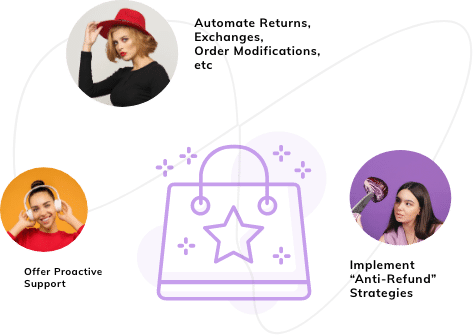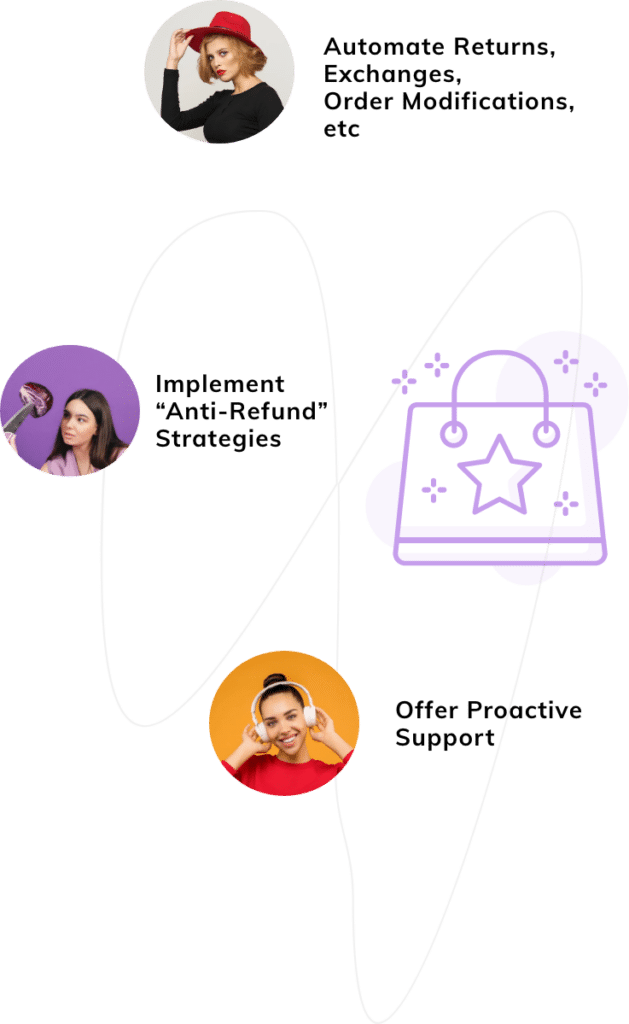Last Updated: April 2024
“Dial 1 for customer service”. When a customer hears this on your IVR, they expect to be connected to an agent in a few seconds, ensuring a streamlined and effortless experience that positively impacts the Customer Effort Score. However, if they have to choose from too many options, they may feel slightly annoyed.
Our US consumer engagement survey revealed that 68% of customers reported breaking a business relationship with a company in the past due to a bad automated phone self-service (IVR) system.
If the agent who finally answers after the hassle cannot help them and needs to connect them to someone else, you most likely have an irate customer on your hands. This scenario plays out countless times in customer support departments around the world, contributing to longer resolution time, poor resolutions, and customer dissatisfaction.
The truth is that customers want the simplest and quickest answers to their questions. In the omnichannel environment of today, most would prefer self-service rather than speaking to an agent. According to Hubspot, 40% of customers contact customer support after they have checked self-service tools.
Every extra step for customers to reach support consumes precious time. Avoid this by measuring Customer Effort Score or CES.

Customer Effort Score measures the amount of effort a customer needs to put in to get an issue resolved. In the e-commerce industry, it is used to simplify FAQs, IVR options, and website navigation buttons (among other things) so that customers can get the information they need quickly.
A CES survey has customers rate, on a scale of 1-5, how easily they resolved their issue. 1 stands for extremely difficult, while 5 means very easy or very quick.
Some brands use a different variation. The survey includes a statement like ‘It was easy for me to get my issue resolved’ and asks customers whether they agree or disagree on a scale of 1-7, with 1 being ‘strongly disagree’ and 7 being ‘strongly agree.’
The final Customer Effort Score is calculated by averaging all the responses by using the following formula:
CES Score = All customer responses / Number of surveys received

Is CES the new CSAT?
CES adds a new perspective to your CSAT scores. It is not a substitute for CSAT. Research shows that convenience is one of the top factors that determine customer experience. Thus, a specific interaction can provide deeper insights into customer delight through CES. On the other hand, CSAT measures the overall level of customer satisfaction with your brand. Correlating the two can help you assess if you need to update your knowledge base or add a chatbot to your check-out page to prevent abandoned carts, for example.
The lower the amount of effort required, the more likely a customer is to buy from your store again. With the help of CES, you can improve the user experience of your e-commerce site/customer service proactively and prevent negative reviews or complaints before they ever take place.
Here’s why measuring CES can be vital for your e-commerce store:
1. Low CES improves customer loyalty:

If you have a CES score of 4 on a scale of 1-5, your customer loyalty is likely to be significantly higher. According to Gartner, a good CES score means a customer is 22% more likely to buy from you again. They also found that for every 100 customers that gave you a score of 4 or more, you could get up to 20 more referrals than usual.
Many situations may indeed be beyond your control. For example, shipping errors and delays in ticket resolution are unavoidable. However, if you make customers call multiple times to resolve issues, they’re less likely to repurchase from you.
2. Increases the number of referrals:
This is an obvious one. If customers find it easy to interact with your brand, they will tell others about it. According to Salesforce, 72% of customers tell their friends and colleagues about a good experience they had with a brand. This increases the odds of referrals which, in turn, brings qualified leads your way. CES can help you increase organic growth over a period of time.
In the long run, you can expect to lower customer acquisition costs while benefiting from increased customer lifetime value. Referred customers are also more likely to stay with you for a much longer time.
3. Provides specific data
CES provides clear information, which makes it easy for you to rectify issues across any customer touchpoint. For example, you can minimize escalations or reduce repeat calls on the basis of CES.
Similarly, you can also improve the layout of your landing page or ticket resolution process by incorporating feedback via CES. Other potential process improvements include using canned responses to respond to FAQs, changing IVR options for better accessibility, or updating knowledge base content.
4. Predicts customer loyalty
CES is also a good indicator of customer loyalty. In the post-pandemic scenario, retaining loyal customers is a more sustainable strategy than acquiring new ones. A good CES score of 4 or higher increases the likelihood of repeat sales and better average order sizes.
Conversely, a CES score of 2 or lower indicates unresolved issues in your product or service.
5. Increase average order size

Is your check-out process too long? Can customers see the total cost of their order upfront? If your answer to either of these questions is ‘yes’, your average order value is likely to be consistently high.
Research shows that customers are 94% more likely to buy from brands that are easy to use. Just 4% customers end up buying again from companies that have a high CES.
Optimizing the design of your check-out page based on customer feedback is a key factor in increasing the average order size.
Last words:
CES is directly related to how quickly you respond to customer queries and whether they need to call back to get a resolution. Thus, efficient customer service is critical to ensuring an effortless customer experience.
If you need to scale up your support team, partnering with experienced providers like Helplama can be a strategic move. Thanks to our extensive expertise, you can boost the quality and affordability of your customer support operations.
We provide a Zero-Risk Guarantee if you are dissatisfied for any reason. Contact us today for more information.
Also, you can try Saufter – the customer service software that can help you automate and scale your customer support.We offer a Zero-Risk Guarantee in case you are not satisfied for any reason.









